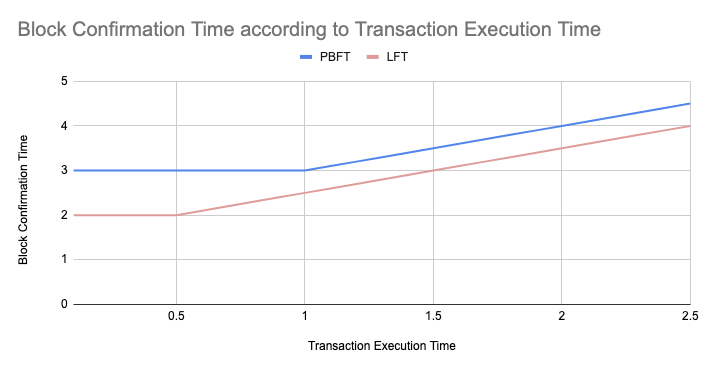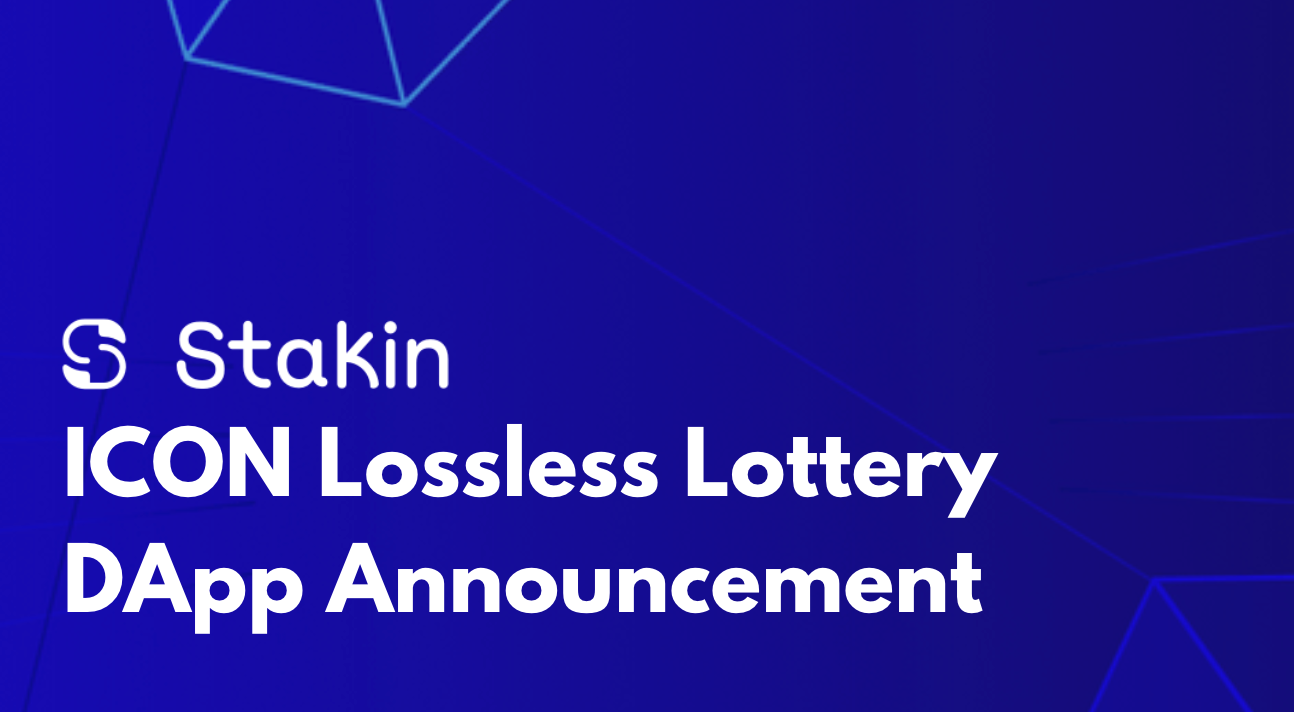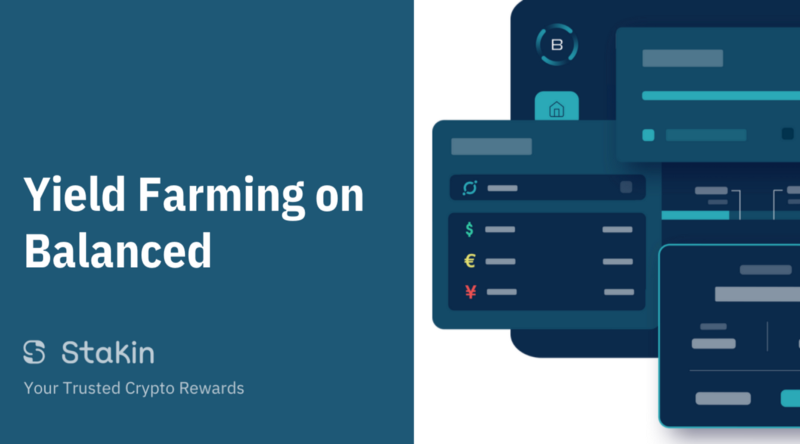Hi Iconists👩💻,
It has been a little while since our last article with updates about the ICON Network. So, we figured ICON LFT2 was the best opportunity to get back to it. Today, we’ll be sharing the ins and outs of ICON LFT2 and why it is such an important milestone for the ICON Network.
🤓 LFT2 Explained
LFT2 is a lightweight consensus algorithm based on the Practical Byzantine Fault Tolerance (PBFT) model. LFT2 has reduced the 3-step consensus from PBFT to 2 steps, effectively decreasing the messages needed to reach consensus. It essentially leads to improved block confirmation speed and an eased network bottleneck.
- 👉 PFBT stands for Practical Byzantine Fault Tolerance, a consensus model. Consensus models are the foundation of trustless communication PFBT, which inspired protocols such as Tendermint, an improved version of the famous Byzantine Fault Tolerance model, which enables us to achieve system reliability in the presence of several faulty processes or bad actors. In the case of PBFT, the consensus is reached if at least ⅔ of the network is honest. Additionally, PBFT improves on some traditional BFT models with instant finality, less energy consumption. Indeed, typical BFT Proof-of-Work algorithms used by large protocols such as Bitcoin and Ethereum consume massive amounts of energy while limiting the scalability of the protocol.
LFT2 is based on the assumption that the network on which it operates is partially synchronous, which, therefore, ensures bounded message transmission time between nodes. Partially synchronous consensus algorithms are an in-between to the synchronous and asynchronous system. Now, in a synchronous system, there is a fixed upper bound (worst-case complexity) on time needed for a message to be sent from one processor to another. In an asynchronous system, no fixed upper bounds exist. In a partially synchronous model, the two are mixed. Upper bounds exist; however, the designer doesn’t know them, and the challenge is to design a mechanism that still comes to consensus.
Secondly, LFT2 hypothesizes that a node in a blockchain network must always create new blocks, validate and that the node should have a signature that assures identification of its message. So, LFT2 is designed to merge PBFT’s message transmission process. Furthermore, it guarantees safety and liveliness by making it exclusively possible for validators (P-Reps in the case of ICON) to vote for new blocks that are connected to its candidate block.
To the question: “what is LFT2?”. We can conclude the answer: “LFT2 is a revolutionary PBFT implementation that enjoys the benefits of reduced complexity and enhanced performance in block confirmation, network communication, and transaction”.
🧐 Now, what does that mean for the ICON Foundation? Why is the implementation of LFT2 such a “big deal”?
In a nutshell, many believe that LFT2 will put the ICON Network on the map for the aspects of the technical and academic blockchain industry. Secondly, it took the ICON team three long years of research to pull this off, and they are the first South Korean team to have ever succeeded. Many refer to the development of Tendermint by the Cosmos Network, as a comparison.
Technically speaking, LFT2 represents a significant improvement on PBFT, reducing the consensus round from 3 phases to only 2 phases. In LFT2 vs. PBFT, the usual Pre-Prepare, Prepare, and Commit phases to become Propose and Vote. Without compromising on security, liveness, and safety, ICON LFT2 is also able to reduce block confirmation time compared to PBFT significantly.

Min Kim of ICON Foundation Council Member and founder of the ICON Project said: “ICON was once dubbed the ‘Korean Ethereum.’ We’ve come a long way since then. LFT2 is hard evidence that ICON and Korea now have the technical prowess to innovate head-to-head with global blockchain projects like Ethereum.” The analysis and complete research of the ICON Team can be found here.
The reason that the ICON team has done so much research on LFT2 is that the ICON Network aims to cater to smart contracts with complex business logic and cross-chain interoperability. To be able to serve these purposes better, a more optimized consensus algorithm was needed, which led to the design of LFT2.
- For a complete guide on how LFT2’s technical implementations work, check out the ICON Foundation’s article here.
More Information & Sources
- LFT2 Whitepaper
- Twitter LFT2 Importance discussion
- ICON LFT2 Blog Article
- LFT2 full audit report by KAIST University
DISCLAIMER: This is not financial advice. Staking, delegation, and cryptocurrencies involve a high degree of risk, and there is always the possibility of loss, including the loss of all staked digital assets. Additionally, delegators are at risk of slashing in case of security or liveness faults on some protocols. We advise you to do your due diligence before choosing a validator.



